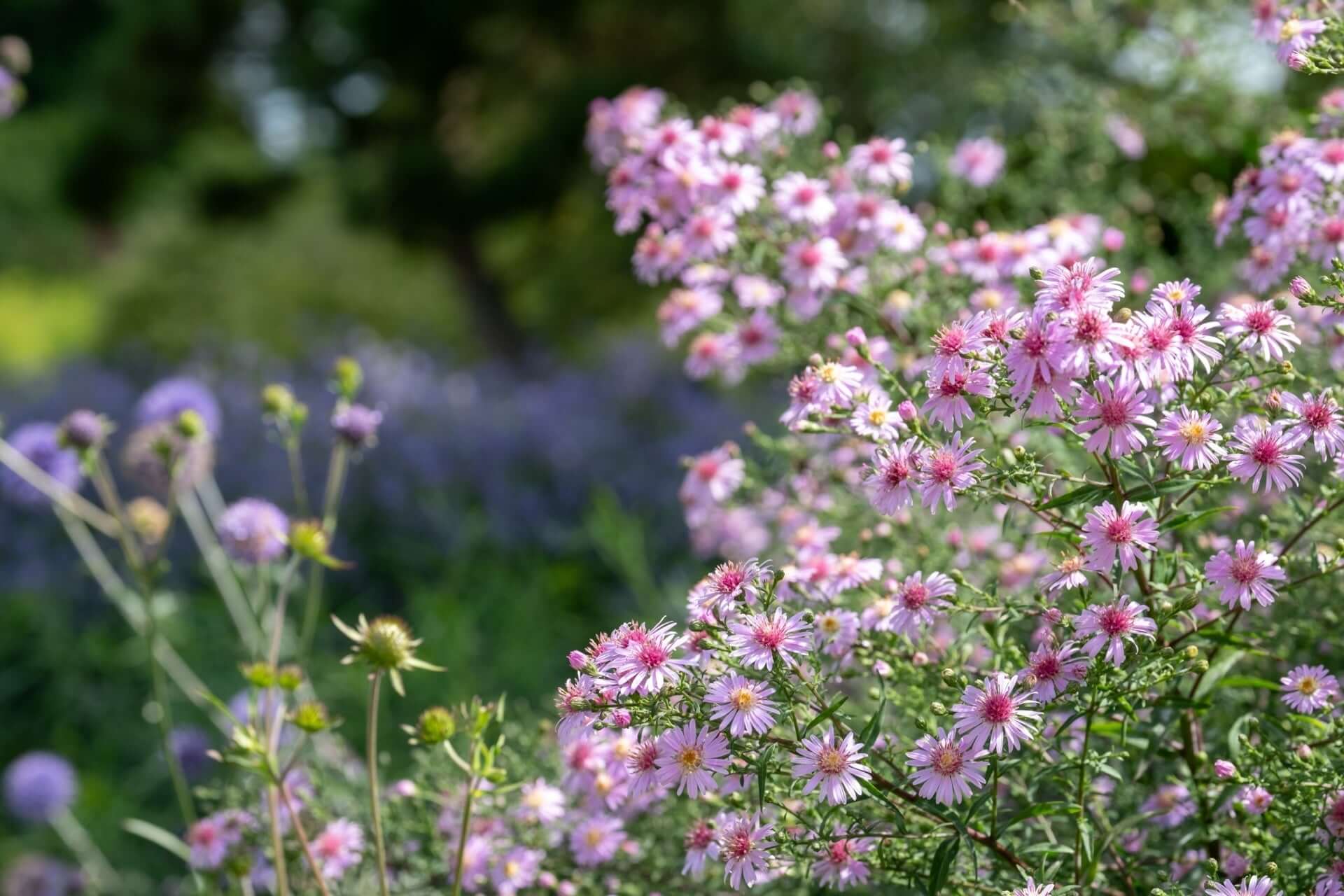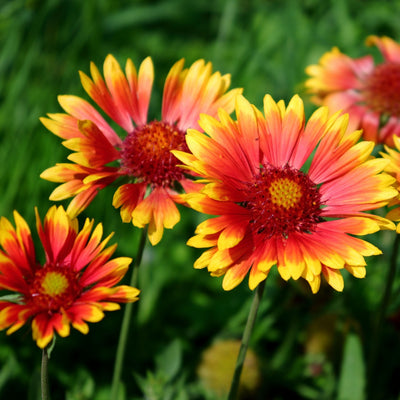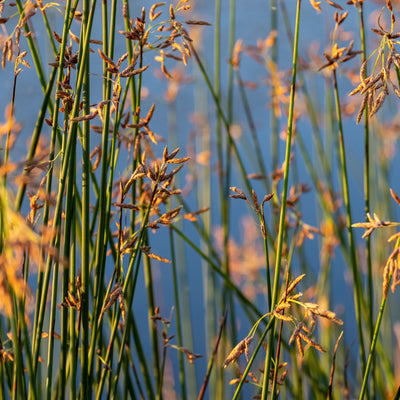Gardeners' ideas about what is beautiful, useful and long-lasting have been changed by the new perennial movement. It emphasizes naturalistic planting, which refers to gardens that appear alive, change with the seasons and are related to their surroundings. This style doesn't use straight lines or require constant upkeep. Instead, it promotes complexity, movement, pollinators and plants that grow on their own.
This method can change the way you look at your scenery if you like gardens that are calm and full of soft colors. Blanket Flower or Creeping Phlox, which grow low to the ground and are hardy and reliable, are plants that many gardeners start with. These are interesting for a long time and bring bugs, birds and butterflies back often.
What Is the New Perennial Movement?
The new perennial movement is a way of gardening that looks like it came from nature. Gardeners don't try to tighten up plants; instead, they pick types that do well in the dirt, sun and weather. This makes the garden feel warm and inviting and it gives the garden organization all year. The focus is on groups of plants rather than single plants.
Naturalistic planting goes well with this trend, which supports ecological gardening methods. This way of thinking makes landscaping simpler and more enjoyable, according to many gardeners who are interested in perennial garden design.
To start, pick tough plants that can handle the changing seasons and add layers of structure. For instance, the bright blooms of the Blanket Flower are great for adding color and lasting a long time.
Why Is the New Perennial Movement Changing Modern Gardens?
These days, gardeners want to make their spaces last longer, attract animals and feel more alive. All of these ideas are brought together in the perennial movement. It promotes perennials, which grow back stronger each year, over fields that need a lot of upkeep or plants that only bloom during certain times of the year.
Here are some reasons why people like this style:
- It requires less watering
- Plants feed animals and soil life
- Gardeners enjoy the changes of the seasons
- It works well in both small and large areas
Perennial garden design, which assists gardeners in creating a setting that is visually appealing all year long, goes well with the movement.
How to Create a Naturalistic Perennial Garden Step-by-Step
It's easier than most people think to make a garden with Naturalistic planting ideas. The goal is not to be perfect, but to make a world that grows and changes on its own. You can start by following this easy step-by-step guide.
Step 1 - Look around your area
Watch how light, water and dirt work together before you plant. This will help you pick the right plants and keep you from having problems later on.
Some quick tips:
- Make sure there is drainage after it rains.
- Read about the sunny and shady spots.
- If your soil feels dry or packed down, add organic matter.
Step 2 - Pick plants that match the style.
The perennial movement supports plants that look good for a long time and are good for the environment. Texture and depth are created by layering plants.
You could choose
-
Creeping Phlox for beauty in early spring
- Blanket Flower for warmth in the summer.
- Bulrush Plugs for places that are wet or swampy.
With these options, it's easy to make places in your yard that look good and serve a purpose.
Step 3 - Build Natural Layers
A naturalistic garden has many levels that are set up to look like designs in nature to encourage biodiversity and mix tall plants with medium fillers and low groundcovers.
Step 4 - Add Mulch and Water Wisely
Helps keep water in the soil and makes it better. To help roots grow strong, water deeply but not as often.This easy trick will help your plants grow well and make your design stronger in the long run.
What Are the Best Perennials for the New Perennial Movement?
For a natural space to thrive pick the best perennials for modern gardens. Look for types that can handle harsh conditions that do not die easily and are good for wildlife.
Here are some great choices to think about:
-
Creeping Phlox:A annual that grows like a carpet and has pink, purple, or white flowers in the spring. It works great for edges or slopes.
-
Blanket Flower:A annual flower that blooms for a long time and does well in full sun and poor soil. Great for pollinators to do.
-
Bulrush Plugs:Perfect for water gardening, around ponds and other wet places that need to stop erosion.
It is simpler to join the perennial movement and try out more Naturalistic planting methods thanks to these dependable workers.
FAQs
What is the New Perennial Movement?
This way of gardening focuses on natural shapes, tough plants and style that is based on ecology.
Why are naturalistic perennial gardens so popular?
Gardeners love them because they are easy to take care of, attract animals and look beautiful all year round.
What are the best perennials for a modern natural garden?
Blanket Flower, Creeping Phlox, coneflowers, ornamental grasses and natural wildflowers are all great choices.
How do you maintain a perennial garden year-round?
If you need to, add mulch in the spring and split plants every few years.
How does this movement support pollinators and wildlife?
It gives birds and animals food, shelter, nectar and a variety of environments that are good for them.




